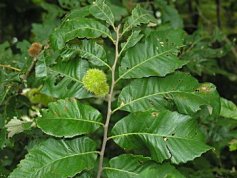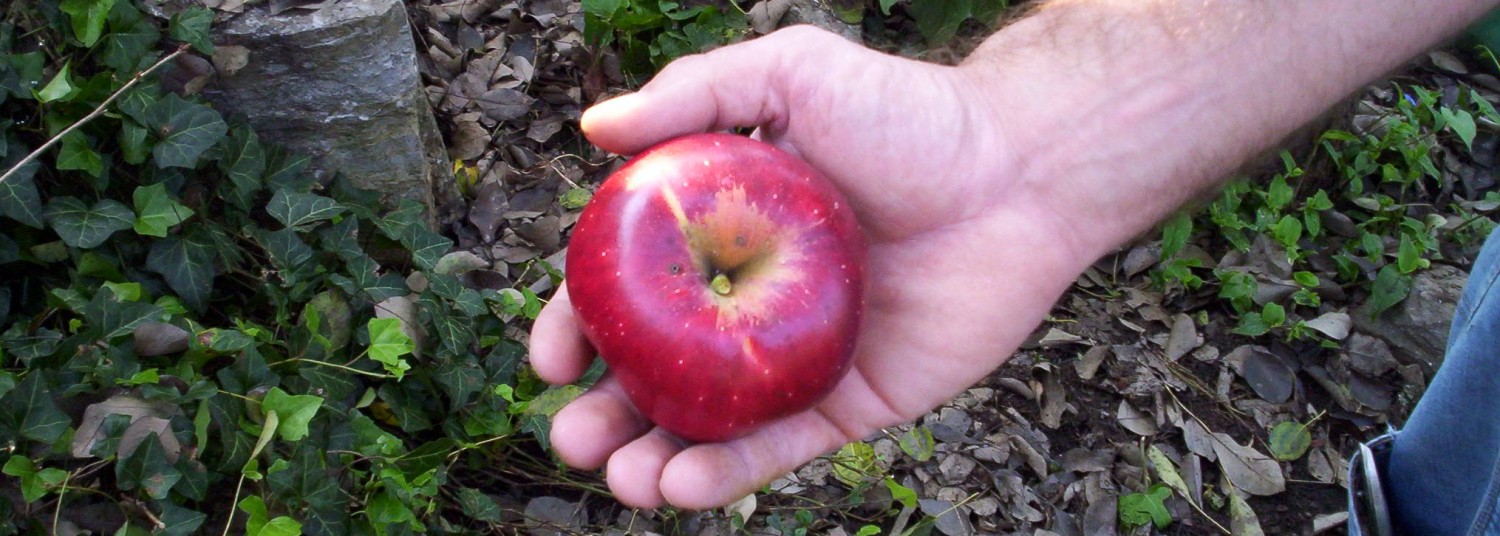 When I am getting ready to settle up with a customer who has picked out some of our heirloom apple trees, I always ask: “What else? Then I name a few of the unusual plants we have in stock: Cornelian Cherry? What’s that? American Plum? We already have two plums. Spice Bush? Blank stare. How ’bout some Chinquapins?
When I am getting ready to settle up with a customer who has picked out some of our heirloom apple trees, I always ask: “What else? Then I name a few of the unusual plants we have in stock: Cornelian Cherry? What’s that? American Plum? We already have two plums. Spice Bush? Blank stare. How ’bout some Chinquapins?
Now, you wouldn’t think a little nut bush as rare as the chinquapin would have the power to transform countenances and provoke looks of disbelief. But invariably my customer will say, “I haven’t seen one of those in years,” and then go on to tell how he and his brothers used to gather the nuts on the way to school, and how the teachers would get mad when they dropped the hulls around their desks.
~ ~ ~
 Chinquapins grow in a variety of soils and seem to do best as an understory plant at the edge of a woods. Deer will browse them, so they must be protected if pressure is high. Single plants will produce both male and female flowers, but it is recommended that two or more trees be planted together for pollination.
Chinquapins grow in a variety of soils and seem to do best as an understory plant at the edge of a woods. Deer will browse them, so they must be protected if pressure is high. Single plants will produce both male and female flowers, but it is recommended that two or more trees be planted together for pollination.
Are chinquapins susceptible to chestnut blight? Some sources say very susceptible, some say moderately susceptible, and still others report that they are very resistant to chestnut blight. What this likely means is that an individual plant’s resistance depends largely on factors such as siting, elevation, and soil fertility.
 A little-known fact about chinquapins is that their wood is killed back easily by brush fires, but that they quickly re-grow, putting out multiple stems in a shrubby form.
A little-known fact about chinquapins is that their wood is killed back easily by brush fires, but that they quickly re-grow, putting out multiple stems in a shrubby form.
For more info on chinquapins, check out the following links:
http://edibleplantproject.org/chinquapin/
http://en.wikipedia.org/wiki/Castanea_pumila
http://www.pfaf.org/user/Plant.aspx?LatinName=Castanea+pumila
http://www.fs.fed.us/database/feis/plants/tree/caspum/all.html
